Tai chi as art and sport
Updated: 2016-08-26 12:05
By Linda Deng in Seattle(China Daily USA)
|
||||||||
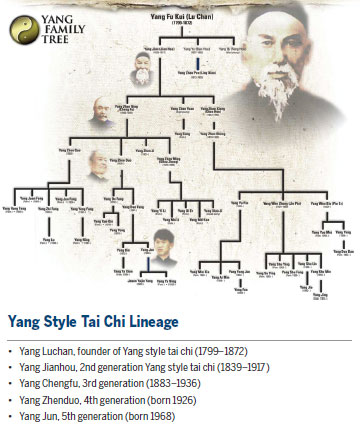
In the 1960s, the Chinese government gathered together masters of various styles with the objective of synthesizing the various styles into one uniform style, which is today's modern wushu. Prior to that, there were numerous kung fu styles like Lohan, Praying Mantis, Eagle Claw, Wing Choon, Hsing Yi, and so on. After that, there was to be only wushu.
Wushu was invented solely for sport, and never as a martial art. For the purpose of competition, wushu was divided into seven categories: changquan, or long fist, nanquan or southern fist, daoshu or knife techniques, jianshu or sword techniques, kunshu or staff techniques, chiangshu or spear techniques, and taijiquan or tai chi.
The sole criterion for the awarding of points in all wushu competitions is how graceful and elegant the performances are and never how well performers can defend themselves or how much internal force they have.
During the last 30 years, Chinese martial arts (wushu) were modernized, and the emphasis has shifted from combat to performance. They are practiced for achieving heath, self-defense skills, mental discipline, recreational pursuit and competition, so there could be a universal standard for training and competing. In essence, much emphasis has been placed on speed, difficulty and presentation.
In order to standardize tai chi for wushu tournament judging, the government of China sponsored the Chinese Sports Committee, which brought together four wushu teachers in 1956 to truncate the Yang style hand form to 24 postures. In 1976, they developed a slightly longer form of 48 postures.
As tai chi again became popular in China, more competitive forms were developed to be completed within a six-minute time limit. In the late 1980s, the Chinese Sports Committee standardized many different competition forms. They developed sets to represent the four major styles as well as combined forms.
These modern versions have since become an integral part of international wushu tournament competition.
In the 11th Asian Games of 1990, Chinese martial arts were inducted as an official medal event with the 48-form chosen to represent tai chi chuan. The International Wushu Federation (IWUF) has applied for the inclusion of wushu in the Olympic Games, but not with medals awarded.
- Bolivian deputy interior minister killed by miners: report
- In photos: Great Dorset Steam Fair 2016
- Historical towns before and after Italy's earthquake
- Car bomb kills at least eight at police headquarters in Turkey
- Brazil's Senate begins Rousseff's impeachment trial
- Arts festival aims to unite cultures

 World's top 10 largest banks by assets
World's top 10 largest banks by assets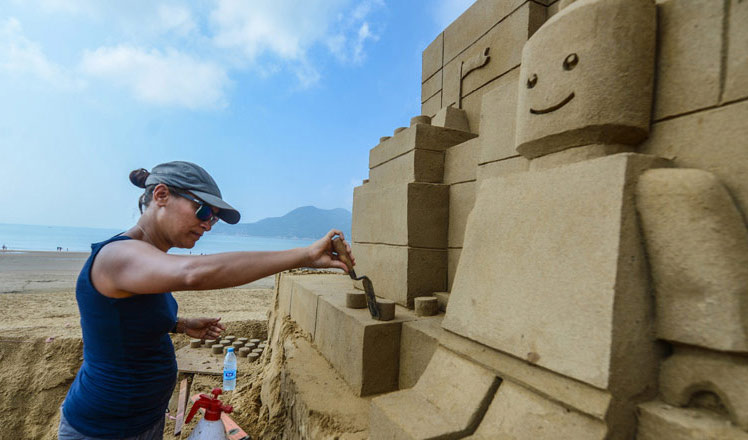
 Sand sculptures to welcome the G20 Summit
Sand sculptures to welcome the G20 Summit
 Historical towns before and after Italy's earthquake
Historical towns before and after Italy's earthquake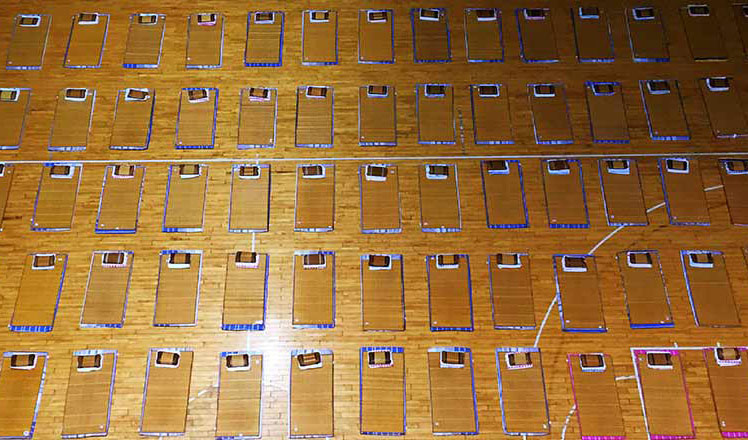
 College prepares 300 sleeping mats for parents
College prepares 300 sleeping mats for parents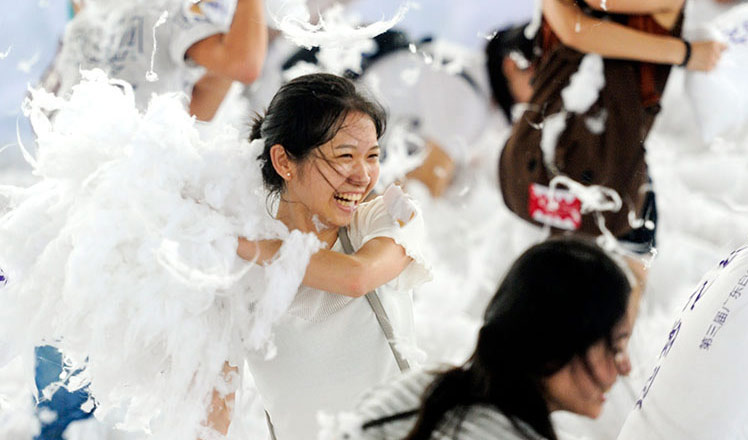
 Ten photos from around China: Aug 19 – 25
Ten photos from around China: Aug 19 – 25
 Top 5 fitness bands in customer satisfaction
Top 5 fitness bands in customer satisfaction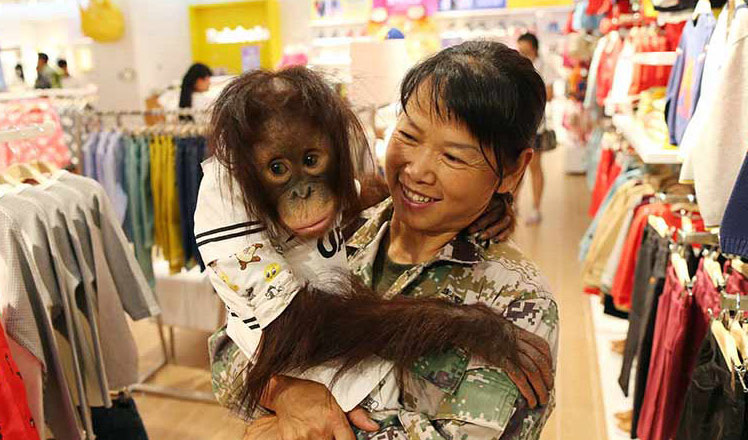
 Orangutan goes shopping in Southwest China
Orangutan goes shopping in Southwest China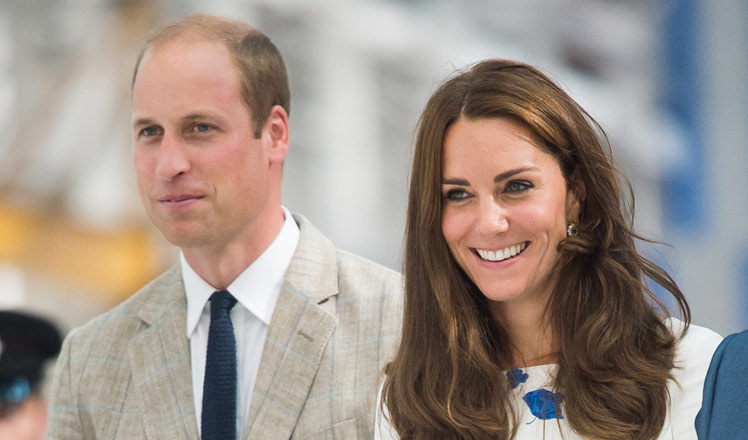
 Prince William and Kate visit charity orgarnization
Prince William and Kate visit charity orgarnization
Most Viewed
Editor's Picks

|

|

|

|

|

|
Today's Top News
Trump outlines anti-terror plan, proposing extreme vetting for immigrants
Phelps puts spotlight on cupping
US launches airstrikes against IS targets in Libya's Sirte
Ministry slams US-Korean THAAD deployment
Two police officers shot at protest in Dallas
Abe's blame game reveals his policies failing to get results
Ending wildlife trafficking must be policy priority in Asia
Effects of supply-side reform take time to be seen
US Weekly

|

|








